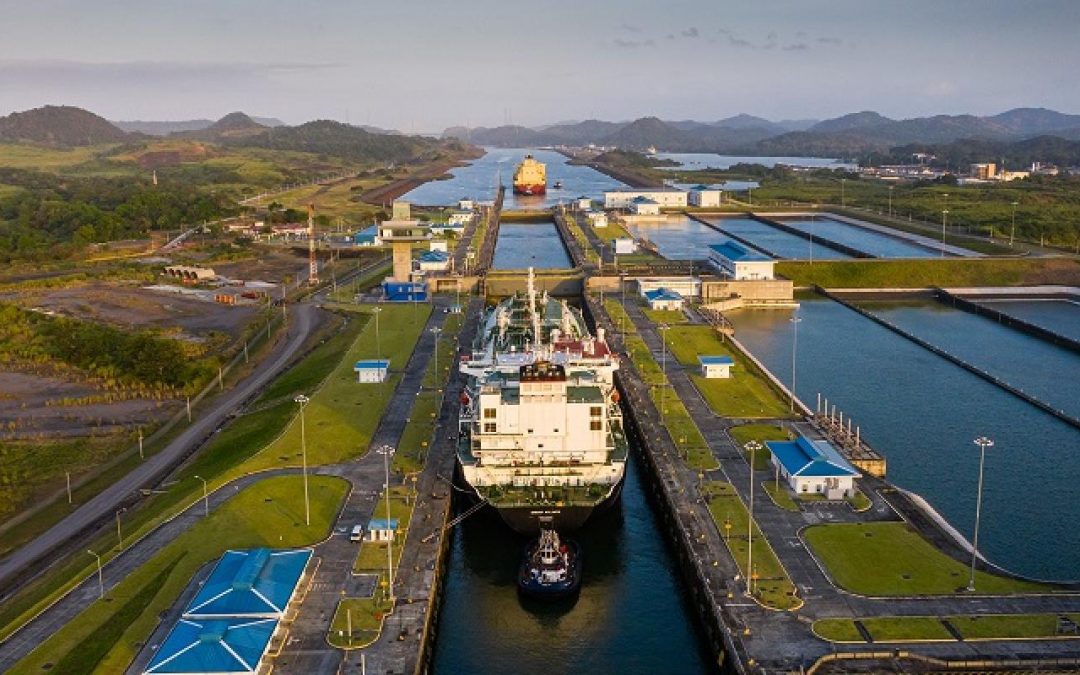Aggressive European bids have been met with scarce selling interest as sellers in the global LNG market wait for stronger buying interest from emerging demand hubs elsewhere, sources said.
In recent weeks, buyers across Northwest Europe have been bidding higher to attract cargoes away from Asia and replenish inventories.
Historically, as TTF prices rise, the differential to LNG would widen, while as TTF prices fall, the differential to LNG would narrow. However, differentials have stayed narrow as European buyers look to replenish stocks during injection season or take advantage of strong arbitrage economics.
Strong arbitrage economics initially led to European players redirecting those cargoes towards Asia, where netbacks were stronger. European players were heard to be bidding at parity to the TTF Dutch gas hub price, despite the persistent volatility.
Even though bidding levels in Northwest Europe were more attractive versus other demand hubs, sellers have been heard to be turning a blind eye as they await bids from emerging demand hubs. As a result, trading activity has taken a hit with activity slumping in the last few weeks, sources said.
Traders are awaiting demand from Latin American and North African countries, such as Brazil, Argentina, and Egypt, to rise in the coming months. Sellers are looking to sell into these growing demand hubs where prices may be more competitive.
Exports out of several main LNG selling hubs, including the US, the Middle East, Algeria, and Nigeria stood at 14.55 million mt this month as of April 25, according to S&P Global LNG analytics data.
Of this total, nearly 40% was sent to Asia, 29% to Europe, around 3% to the Middle East and North Africa region, followed by 2% and 1% to South and North America, respectively, with the rest yet to be nominated.
This compares with the 15.2 million mt total in March over the same period – 1 to 25 – where 36% was sent to Europe and 55% to Asia.
Pricing competition
Typically, Europe and Asia would engage in price competition over summer to attract LNG cargoes and restock ahead of next winter. Recent dynamics have led other hubs to enter the pricing competition.
While Egypt had assumed a net exporter position since 2018, recent declines in domestic gas production and heightening summer demand has led the country to rely on LNG imports. As a result, Egypt has halted LNG exports for the summer and is expected to import around 18 cargoes to meet domestic demand, according to S&P Global analytics data
Egypt is looking to pay premiums to TTF while Northwest European and Mediterranean buyers are still seeing discounted levels.
Recently, Egypt’s state-owned gas company EGAS issued a buy tender for a May cargo. The tender was awarded at a premium to TTF according to market sources.
Brazil and Argentina are also expected to import more LNG over the summer. Earlier this year, the market expected record high imports from Latin America. While this sentiment has cooled, with slightly lower hydro-reservoirs and increasing LNG infrastructure in the region, traders expect that LNG flows to Latin America will increase, further adding to the current tightness seen in the Northwest European market.
ENARSA closed a buy tender for ten cargoes June-August delivery April 23, the prices of which are being reported at a premium to TTF.
For now, pricing competition has cooled as prices in Asia have weakened and the market still waits for an uptick in demand from these global buyers. As a result, discounts to TTF have widened in Europe but the market is still expecting that prices could strengthen once Asia exits its shoulder season and cooling demand increases.
“I think this market it still bullish,” said an Atlantic-based trader. “If it [gas price] starts rising they [Asian buyers] may start buying as they feel prices will be higher later on… supply is more delicate than people think.”
Platts, part of S&P Global Commodity Insights, assessed the DES Northwest Europe Marker for June $9.050/MMBtu April 24, or a 15 cents/MMBtu discount to the June TTF hub price, up 21.8 cents/MMBtu on the day.
Platts assessed the June JKM at $10.160/MMBtu April 24, which led to a $1.110/MMBtu price differential between NWE and the East.
Despite the price spread, focus of the market shifted to the Asian side now as demand pulled in, a market source said.
“European market is pretty illiquid, there is more focus into Asia,” said another Atlantic-based trader.
A third trader agreed with the sentiment and added: “If you’re long shipping you would prefer to go to Asia.”
A market source from Asia cited that as Labor Day holiday is coming in China, sellers try to push sales before the holiday.
Source: Hellenic Shipping News






